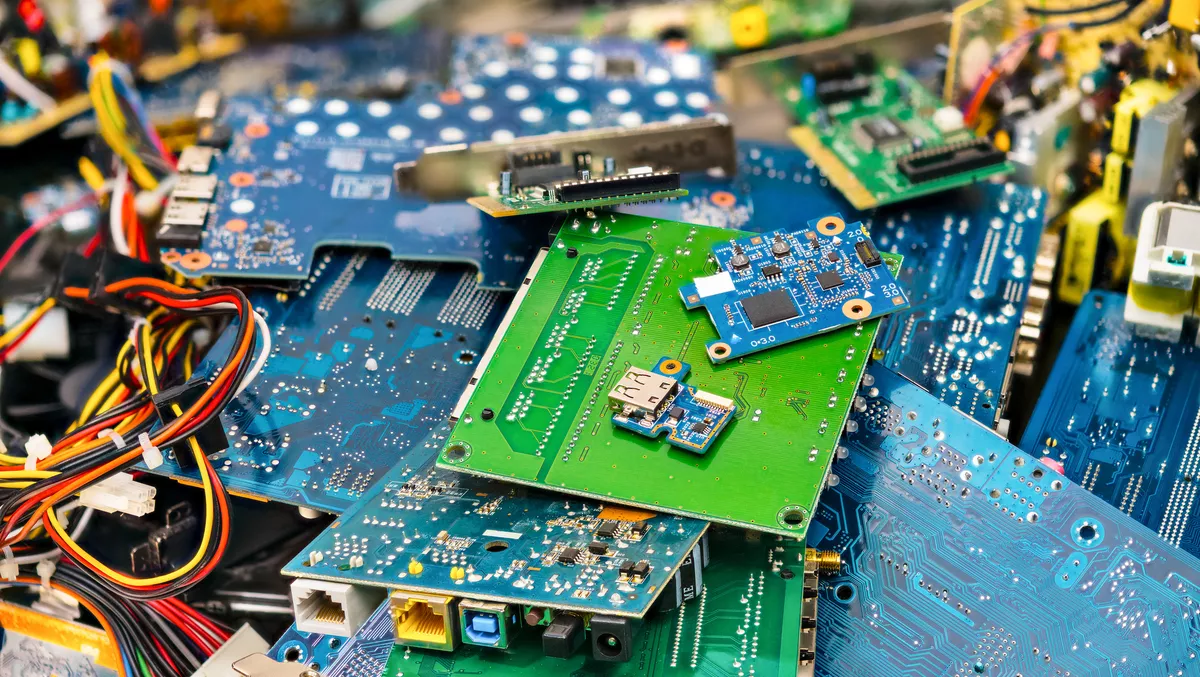
Reducing e-waste and promoting sustainability in the PC industry
Australians are lovers of technology - we purchase more than 4 million computers and 3 million TVs every year. As technology advances, the lives of our devices keep getting shorter. It has been estimated that 44 million units or 181 tonnes worth of televisions and computers will reach their end of life by 2027-2028.
The devastating impact e-waste has on the environment is obvious. Most end up in landfills or oceans, contaminating soil and water, disrupting ecosystems and wildlife, and risking our health.
E-waste is responsible for 70% of the toxic chemicals such as lead, cadmium and mercury found in Australian landfills. Research from Clean Up Australia shows that prominent everyday devices are hardly responsibly broken down - fewer than 1% of televisions and around 10% of PCs and laptops are recycled Australia wide.
The E-product Stewardship in Australia Report commissioned by the Commonwealth Department of Agriculture, Water and the Environment (DAWE) to inform programs under the Product Stewardship Act 2011 further proves that there is much to be desired in the overall efficiency of e-product recycling. An estimated $680 million worth of materials are sent to landfills. Still, only 18% or $145 million of the potential total estimated value of e-waste of about $280 million is being realised. In the low chance that some materials do reach a recycling centre, about 80% of it goes to low-efficiency recycling.
Effective e-stewardship, therefore, requires more effort and shared responsibility from everyone - from designers and manufacturers to importers and governments, from retailers to consumers.
Extending product life cycles
We are seeing more businesses do more for their environmental responsibility. For example, one PC company established carbon reduction goals in 2012. With constant efforts from global operations and subsidiaries, it has met its 2020 target of reducing its carbon emissions by 60% worldwide. It did this by utilising green energy and looking at every life stage of its products and how to prolong their overall life cycle.
Sustainability education in the PC industry
The Acer Plastic Pandemic Report revealed that almost 11 million Australians (55%) are unaware of the severity of the plastic pandemic that we are facing. Shockingly, over 3.4 million tonnes of plastics are used in Australia every year, with less than 10% being recycled or reprocessed for re-use. The report's findings also indicate widespread confusion around plastics; nearly 60% of people surveyed don't understand the difference between virgin (or primary) plastics and recycled plastics.
To illustrate how prevalent this issue is, Acer collaborated with celebrated Australian artist Andy Thomas to create the unique content series, 'Life Cycles'. The series showcases what some of Australia's most iconic, natural landmarks may look like in decades to come if the problem of waste is ignored. In its pinnacle animation, viewers see the Blue Mountains of New South Wales become wasteland under the growing mounds of e-waste.
Partnerships give recycling a boost
Taking responsibility towards sustainable operations requires more partnerships between different sectors as well. Under the National Television and Computer Recycling Scheme (NTCRS), a major proponent of the aforementioned Product Stewardship Act 2011, major retailers provide Australian households free access to industry-funded collection and recycling services to reduce waste to landfills and hazardous materials from e-waste.
By partnering up with e-waste recycling companies, retailers are creating opportunities for true circularity of products, using free drop-off points at their stores for all e-waste televisions and computers, including printers, computer parts and peripherals, regardless of purchase origin. This partnership with major retailers is focused on extracting 3 million kilograms of reusable e-waste for input into finished goods each year.
The above outlines a few examples to inspire businesses and consumers to adopt environmental protection practices. With e-waste projected to be an exponential problem and low-efficiency recycling, a call for further sustainable product innovations, government initiatives, and innovative partnerships needs to be encouraged by all.

